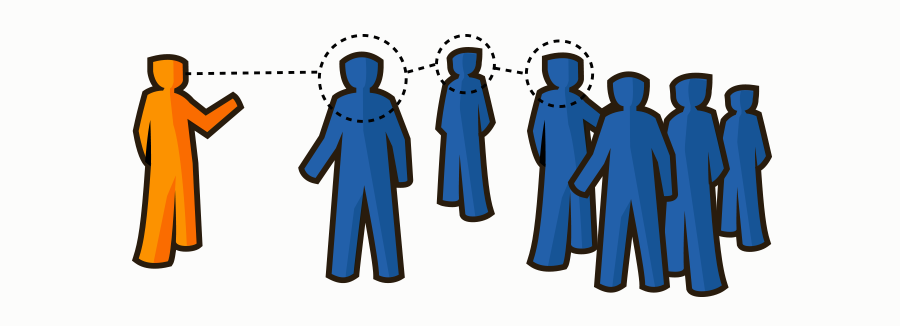Phase 2
/I’m finally shutting down my old UX Whisperer Tumblr blog that I quite frankly had forgotten still existed. My other art blogs on Tumblr were somehow hacked over the years, and turned into porn pages, or worse yet, evangelical christian pages, lol.
Anyhoo, a few last transcribed bits…
Phase 2 is typically the mythical future world where those "things we didn't get to" in Phase 1 go to die.
"The design team is trained over time to believe that if a feature doesn't get into Phase 1, it will not get built. When transitioning from waterfall to agile development, the design team brings these preconceptions with it. But the fundamental difference between the two approaches is that agile development actually is an iterative process. Each sprint is essentially a 'phase,' and many sprints make up a project. As design teams make the transition, one of the biggest hurdles is convincing them they don't need to cram every design element and pixel-perfect rendition into the first sprint. We tell them that each sprint iterates and builds upon the previous one to incrementally improve the product based on customer usage and feedback. But they've been burned too many times, and they don't believe us. They continue to push for design perfection early in the process, causing scope creep, delays, and team conflict." — Jeff Gothelf



















